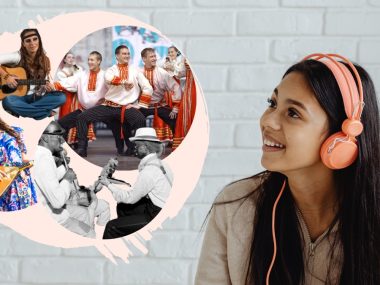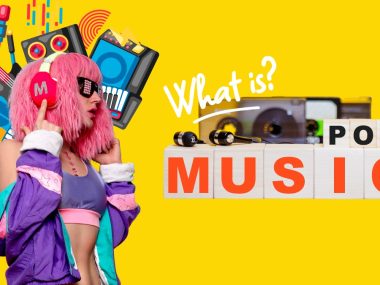Every culture has its differences, but music remains a common denominator that brings us together. It helps us understand others and experience different emotions.
Thanks to its rich culture, Brazil is beaming with melodies. Music is intertwined in the country’s history beyond imagination.
Here’s a list of 20 types of Brazilian music you need to hear!
1. Afoxé
Afoxé combines African and Brazilian vibes in its melodies. Usually, it has an energetic Nigerian rhythm known as ijexá.
This Afro-Brazilian afoxé is mostly associated with Candomblé, a diasporic religion. Many of the religion’s ceremonies rely on music and choreographed dances.
It also happens that afoxé is the name of a beaded percussion gourd that’s based on the African shekere.
2. Axé
Axé is another Afro-Brazilian genre, but it’s more modern. Some Brazilians might consider axé a low-class music as opposed to classical genres.
Don’t be surprised to spot inspiration from reggae, frevo, and calypso in the tunes of axé. Overall, this music style gives off a very Caribbean vibe.
Like afoxé, axé is also used in Candomblé’s religious ceremonies. It’s believed to have some sort of spiritual power. In fact, the Yoruba name (Àse) means light, souls, and good vibes!
3. Baião

The baião refers to a type of Northeastern Brazilian music style, dance routines, and cuisine. Many artists who played baião songs also sang forrobodó (forró) styles.
At its core, the rhythm of baião is all about the zabumba’s beat. The zabumba is a bass drum played with both hands at the same time.
The genre took its chance at fame and peaked by the 1950s. Now, it exists as a part of heritage and folklore that’s revived in festivals.
4. Bossa Nova
One of the most common types of Brazilian music is the bossa nova. In Portuguese, Bossa Nova means a new wave.
To the untrained ear, bossa nova sounds a lot like samba. It does have so much in common with samba, but it also adds a touch of cool jazz to the melody.
People believe that the new wave spread from Rio de Janeiro to the United States, where it would make a great bang. Soon, the Brazilian genre was influencing American music.
5. Brazilian Gaúcho
Gaúcho is a type of Brazilian folklore music that originated from the Rio Grande do Sul state. The lyrics and tunes of the genre reflect the folk traditions of the time.
The folk songs are mostly slow-paced. The songs rely on accordion, guitar, violin, and an Argentinian drum called the Bombo Legüero.
One of the genre’s earliest songs is Adeus Mariana, composed and sung by Pedro Raymundo back in 1943.
6. Chamarrita
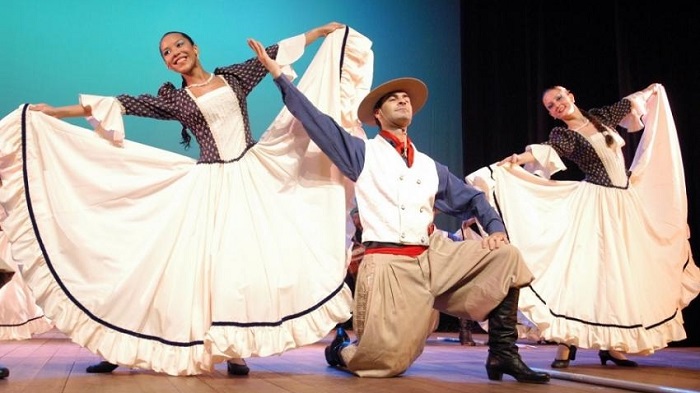
Brazil shares the musical style of chamarrita with several South American countries. For instance, Portugal, Argentina, and Uruguay all have their own forms of chamarrita.
The Azorean Portuguese ancestry that came to southern Brazil. Later and through a traditional dance routine, they helped spread the art form.
This folk music is preserved forever in history, thanks to the Sausalito that’s now known as the Chamarrita Festival.
7. Chorinho (Choro)
The name chorinho means “cry” in Portuguese. Despite the ominous name, choro music is actually very upbeat and full of energetic rhythms.
Originally, choro music combines a flute, guitar, and cavaquinho. Today, modern performances include the trombone, trumpet, saxophone, clarinet, and much more.
We find that this music accurately represents the positive vibe of Brazilian culture. It’s very cheery and you can’t help but dance to its tunes.
8. Embolada (Repente de Coca)
Embolada is more than a music genre; it’s a northeastern Brazilian rhythm. You can find it in Repente de Coca songs and poetry.
Most embolada songs are street-inspired with a touch of American and African music. Its fast pace and snappy transitions make it similar to rap.
One clear example of the genre’s casual tones and slurred speech is the Monta No Jumenta embolada.
9. Forró (Forrobodó)
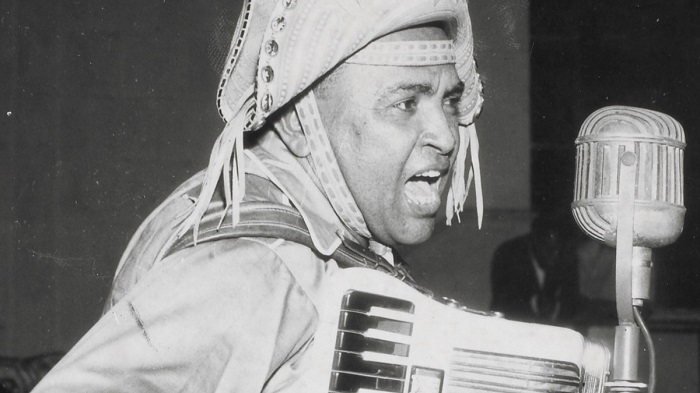
There are different styles of forrobodó; pé de Serra, universitário, and eletrônico. The most common one is the forró pé de Serra.
The shortened word forró can refer to an event, music, or dance routine. Now, forró festivals are held in many places all over the world like Russia, the UK, and the US.
Luiz Gonzaga is highly regarded as the father of forrobodó. His top three hits are Respeita Januário, Riacho do Navio, and Forró no Escuro.
10. Frevo
From the streets of Pernambuco, frevo music rose to become a public sensation. In fact, it’s associated with the Carnival of Recife, the state’s capital.
Frevo music is generally fast-paced. Brasswind instruments are essential for many street frevo tracks.
This vibrant style of music is also performed during capoeira. Capoeira is a form of martial street art that’s very common in Brazil.
11. Funk Carioca
Funk carioca originated from the favelas of Rio de Janeiro. It’s also called favela funk, baile funk, and funk Brasil.
Stylistically, baile funk is similar to hip hop and electro-funk. It’s rich in heavy drums and high bass, definitely not a subtle or smooth-tuned genre at all.
For a while, favela funk parties were thought to be associated with gang culture. It got to the point that the Brazilian Pacifying Police Units (UPPs) would try to subdue the celebrations.
12. Maracatu
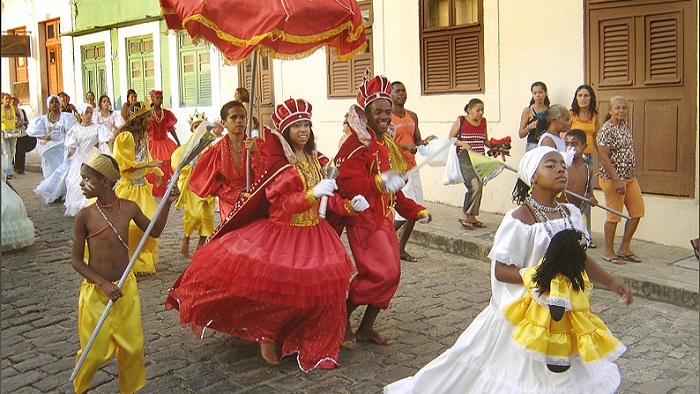
Maracatu is a type of secular Afro-Brazilian music. In this genre, a folk song is called a toada. The lyrics are usually a mixture of Portuguese and Yoruba languages.
The toadas with dancing, chants, and poetry mark the Maracatu Nação’s carnival culture.
The main instruments used in Maracatu are the wooden alfaia drum, tarol snare drums, gonguê bells, and the African shekeres.
13. Música Popular Brasileira (MPB)
After the bossa nova, Brazil saw an even newer trend; the MPB. It was something unique and separate from both the traditions of folklore and the sophistication of jazz.
MPB is practically the pop music of Brazilian culture. There aren’t very strict criteria for the style in this genre. Instead, it’s a blanket term for many light-hearted, non-electric forms of music.
The majority of the classical MPB songs belong to the 70s and the early 80s. However, they’re still quite relevant to this day.
14. Pagode Caipira
Pagode, or the Cipó Preto, is a subgenre of samba. However, it is considered street art full of slang and satire lyrics.
Most pagode songs combine a 4-string banjo, a tan-tan bass drum, and a Brazilian hand-repique for percussion.
In this case, the banjo is a better fit than the cavaquinho. Its loud and blunt melody helps pagode performers dazzle their audience with louder and richer melodies.
15. Rasteirinha (Ragga Funk)
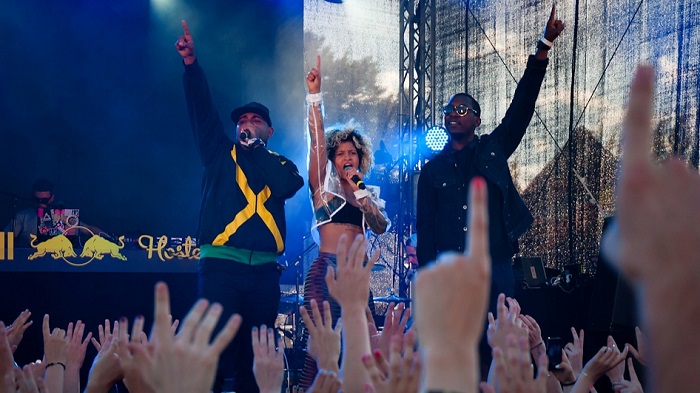
Rasteirinha is an electro-music genre that popped into the art scene around 2010. It mostly originated from the favelas of Rio de Janeiro.
The rasteirinha is sometimes called ragga funk since it’s very similar to the funk carioca. It also has a lot in common with reggae, axé, and samba.
The main theme in this music style is the quick pace. Most ragga funk tracks are remixes of other genres and usually older songs.
16. Samba
Samba isn’t only one of the world’s most common dance routines, but it also happens to be a classic Brazilian music style.
The roots of the Samba trace back to the West African slave trade. The African melodies intertwined with folk Bahian music to create the Samba de Roda that we know today.
The most stand-out feature of this captivating music is its electrifying rhythm. That’s why percussionists are the centerpiece in any Samba performance.
17. Sertanejo
Sertanejo is more of a modern music genre. It incorporates electric guitars, acoustic guitars, electric bass, and keyboards.
The music style originates from Sertão, a desert region in Northeastern Brazil. Initially, sertanejo was called música caipira or country music.
What we really like about sertanejo music is how it combines countryside vibes with a heavy American influence.
18. Stronda
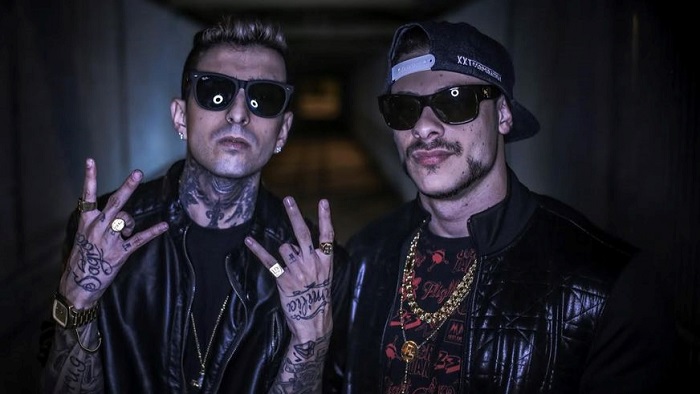
Stronda music is a subgenre of mainstream Brazilian hip hop along with some traces of funk and rock.
The singing style in stronda tracks is very similar to rapping. The tempo is usually fast to keep up with electric guitars and heavy drums.
One of the genre’s leaders is a band called Bonde da Stronda. Their songs have lighthearted lyrics about life and success.
19. Tecno Brega
Tecno brega is also called techno tacky. It’s a form of electro-music that originated from Belém in northern Brazil.
The genre’s tracks are mostly remixes of old songs released in the 80s. This redistribution of music was highlighted in the documentary, Good Copy Bad Copy.
So far, tecno brega is still underground and it’s not highly represented in concerts or music festivals. Instead, it’s limited to inner circles of fans and artists.
20. Tropicália
Caetano Veloso, a Brazilian composer, is said to be the leader of tropicália. He used music as a medium to call for cultural melding.
The music genre gained fame during the Tropical Movement or the Tropicalismo. The movement stood as a counterforce against the limitations of conservative art in Brazil.
The artists of tropicália were known for their vibrant colors, long hair, rebellious attitude, and unorthodox views on art and self-expression.


